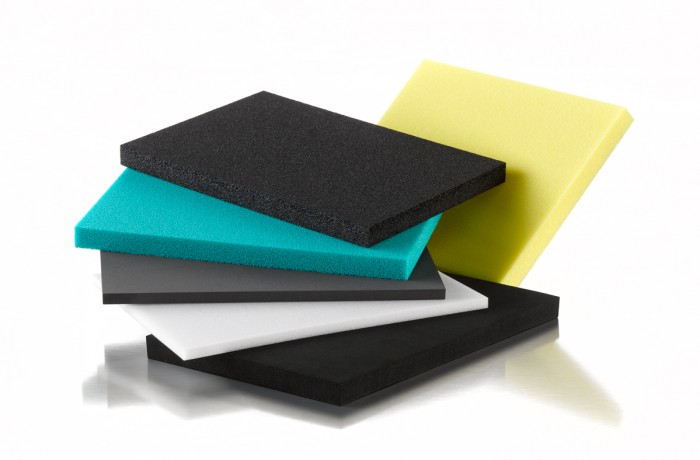Polyethylene (PE) foam grades are often used in the packaging industry. This closed-cell material can be grouped into cross-linked and non-cross-linked PE foam. Cross-linked PE foam comprises interconnected polymer chains that form a three-dimensional grid. This type of foam can be either chemically or physically cross-linked. Both varieties exhibit a uniform, closed-cell structure that is associated with many benefits, including an increase in temperature resistance as well as impact strength and tensile cracking strength. At the same time, the closed-cell structure of the PE foam makes it “waterproof” without having to apply any additional coating.
Non-cross-linked PE foam consists of polymer chains that are not connected to each other, which creates an open-cell structure that permits a certain degree of water absorption whilst reducing heat resistance of the material. This effect is due to the fact that the polymer chains can be separated from each other more easily, resulting in a significantly lower melting point. Non-cross-linked PE foam is often used in the packaging industry because its key purpose is to ensure protection of packaged products and impact absorption. Cross-linked materials are primarily used in engineering applications, which is where various grades with antistatic and flame-resistant properties are available in a large number of different colours.



